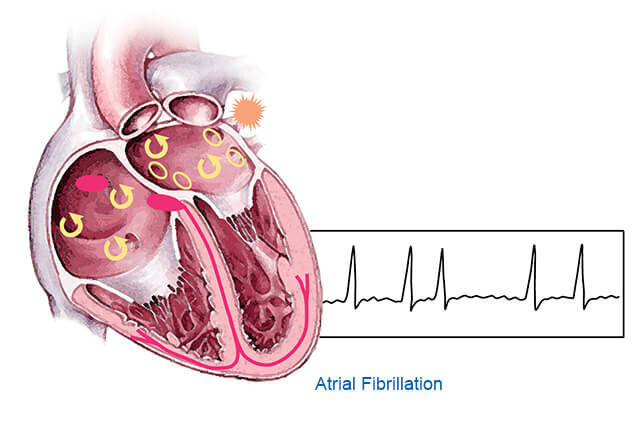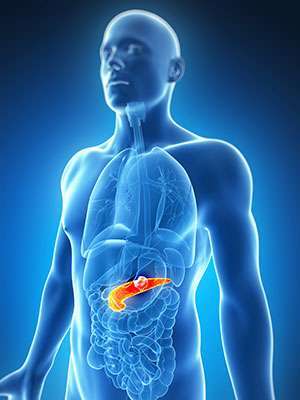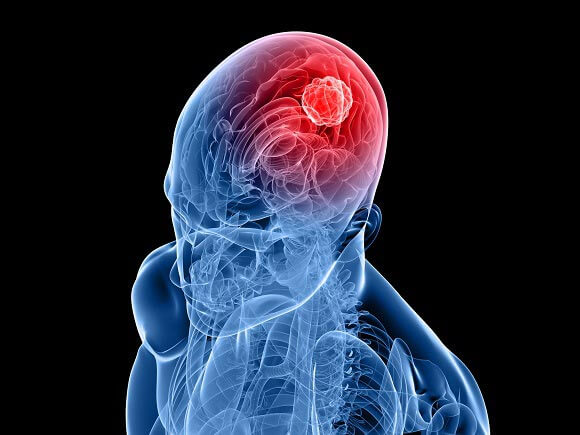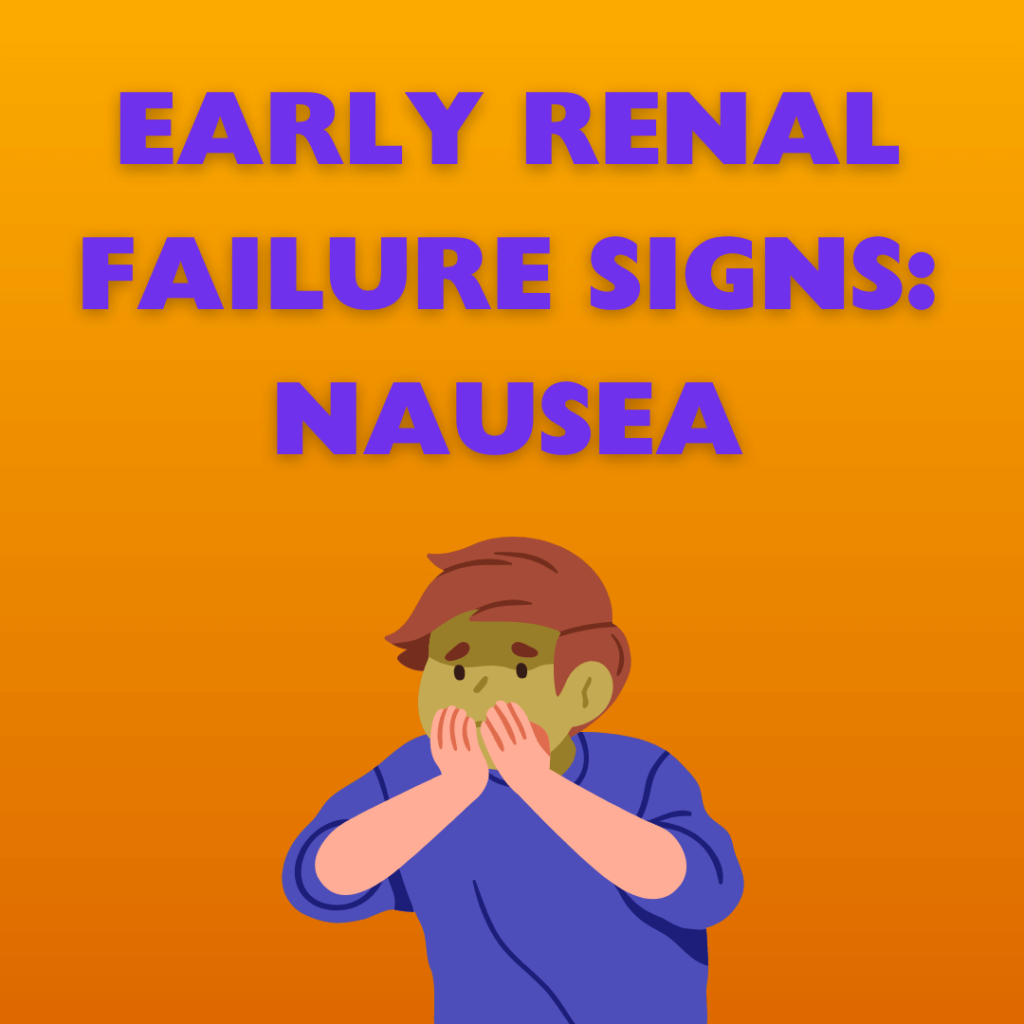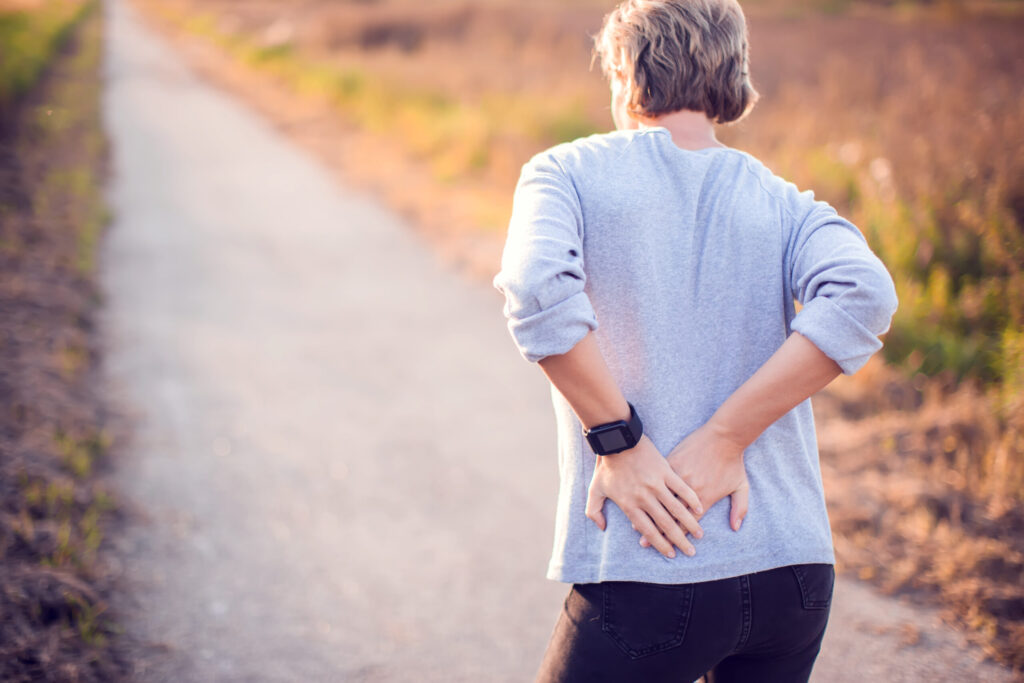
The hip is one of the most important joints in the body. It plays a critical role in mobility and stability, enabling us to perform daily activities such as walking, jumping, or lifting. So it’s no surprise that hip pain can sideline us if we’re not careful.
Although it’s often thought of as a condition that affects older adults, hip pain can affect people of any age. While it does become more common with age, young adults, teenagers, and children can also get hip pain. When hip pain happens, it’s important to treat it so it doesn’t worsen and interfere with daily activities. But what exactly causes hip pain, and how can it be relieved?
What are the different causes of hip pain?
Hip pain usually involves pain in or around the hip joint, which connects your thigh bone to your pelvis. Sometimes, you might feel pain in other places in the body, such as the groin or thigh. Hip pain can also reflect a back problem since the hip joint is close to the spine. There can be a lot of overlap between hip and back pain, and it’s not uncommon to mistake one for the other.
There are a lot of possible causes for hip pain, and it can be a symptom of several other conditions. Hip pain can be caused by arthritis, including osteoarthritis and rheumatoid arthritis. You may have symptoms like pain, swelling, or stiffness in the hip if arthritis is the cause.
Hip pain can also be caused by bursitis, which is painful swelling in a fluid-filled sac called a bursa. Bursae reduce friction between bones and other moving parts, such as tendons. These sacs can become inflamed over time due to injury, infection, or overuse.
Injuries are another common cause of hip pain, including sports injuries or falls. The hip joint can also be injured by repetitive motions, which are especially common for athletes or people with physically demanding jobs.
What treatments are available for hip pain?
Hip pain can range from mild to severe, so various treatment options are available. Non-surgical treatments should always be the first course of action. Many people treat hip (and other) injuries with the RICE method:
- Rest—Avoid putting weight on the injured area for the first few days.
- Ice—Use ice packs on the injured area to reduce swelling. Only apply the ice pack for 20 minutes at a time, and avoid putting it directly on the skin.
- Compression—Prevent additional swelling by lightly wrapping the injured area with a soft bandage.
- Elevation—Keep your leg elevated above heart level to reduce swelling.
It’s important to note that the RICE method has been around for several decades, and because of that, some experts consider it outdated and ineffective. In 2013, the doctor who coined the term suggested that, based on newer data, ice might cause more harm than good.
Other treatments for hip pain include:
- NSAIDs (non-steroidal anti-inflammatory drugs) to treat mild and moderate hip pain associated with inflammation. NSAIDs include Motrin and Advil, which are available over the counter. NSAIDs may not be effective for severe pain and can come with side effects.
- Physical therapy to improve stability and relieve pain. Your doctor might recommend physical therapy if structural issues are the cause of your hip pain. Although some of the cost of physical therapy may be covered by health insurance, co-pays and out-of-pocket costs can add up quickly. There is also the possibility of re-injuring the hip.
- Injections can relieve hip pain and may be helpful for patients who do not respond to physical therapy or NSAIDs. However, injections can cause serious complications such as osteonecrosis, which results in the death of bone tissue.
When to see a doctor about hip pain
If your hip pain is mild, you probably won’t need to go to the doctor. With rest and/or pain relievers, you might start feeling better on your own. But if the pain continues for over a week or worsens, you should see a doctor. You should also see a doctor if you have any of the following symptoms:
- Nighttime pain
- Signs of infection, such as fever or chills
- Pain when you move
- Sudden pain (without movement)
- Inability to put weight on your leg or hip
- A joint that appears to be deformed
How to prevent hip pain
There are a few ways you can be proactive and prevent hip pain, especially as you get older. For example, excess weight can put additional pressure on your hips, which can cause pain. If you are overweight and regularly deal with hip pain, losing weight can help remove some pressure.
Regular exercise can keep your hip joints from becoming stiff or tight. The tightness in the hip joints can cause pain or injury. The Physical Activity Guidelines for Americans recommend adults get 150 minutes of moderate-intensity physical activity a week. However, talk to your doctor about any limitations or health conditions that might make it challenging to meet that recommendation.
Resource Links:
- "Hip pain" via MedlinePlus
- "Should We Still Be Using 'RICE' for Ankle Sprains?" via HMP Global Learning Network
- "The Pros and Cons of Physical Therapy" via PainScale
- "New Evidence: Hip, Knee, Steroid Injections More Dangerous Than Thought" via Boston University Chobanian & Avedisian School of Medicine
- "Physical Activity" via Centers for Disease Control and Prevention

